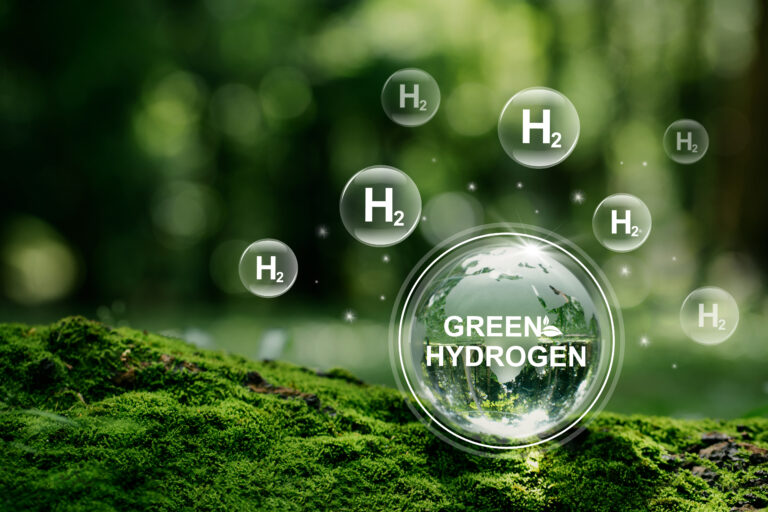The US Department of Energy (DOE) has announced US$47.7m in funding for 16 research, development and demonstration (RD&D) projects to advance clean hydrogen technologies. The selected projects aim to lower technology costs, enhance hydrogen infrastructure, and improve the performance of hydrogen fuel cells, supporting the DOE’s efforts to reduce costs and enable commercial-scale deployment of clean hydrogen.
Together with Regional Clean Hydrogen Hubs, tax incentives in President Biden’s Inflation Reduction Act and ongoing RD&D in the DOE’s Hydrogen Program, these investments will help it realize its Hydrogen Shot goal of reducing the cost of clean hydrogen to US$1 per kilogram within a decade, the department says.
“Making next-generation climate technologies cost-competitive is key to realizing President Biden’s vision of a strong clean energy economy rooted in equity and opportunity,” said US Secretary of Energy, Jennifer M. Granholm. “This announcement will help accelerate DOE’s efforts to advance clean hydrogen, providing the nation another exciting tool to clean up some of our most energy-intensive sectors while revitalizing American manufacturing for decades to come.”
The DOE says it views clean hydrogen as being critical to reducing emissions in some of the hardest to decarbonize sectors of the economy. These sectors include heavy-duty transportation and industrial and chemical processes like steel-making and fertilizer production. Although hydrogen technologies have come a long way over the last several years, costs and other challenges to at-scale adoption need to be addressed for clean hydrogen to realize its full potential.
Managed by DOE’s Hydrogen and Fuel Cell Technologies Office (HFTO), these projects will complement ongoing efforts to reduce the cost of producing clean hydrogen by focusing on several key areas in the clean hydrogen value chain, including hydrogen delivery and storage technologies, as well as affordable and durable fuel cells. Fuel cell RD&D projects will focus particularly on applications for heavy-duty trucks to reduce CO2 emissions and eliminate tailpipe emissions that are harmful to local air quality.
Selected projects include a high performing and durable membrane electrode assembly with novel electrode structures and hydrocarbon proton exchange membranes led by the University of Hawaii. This project will develop high-performing, durable fuel cells using clean hydrogen and the improvements aim to support commercial adoption of medium- and heavy-duty fuel cell–powered trucks.
Another of the selected projects is led by the Colorado School of Mines to look at solid state based hydrogen loss recovery during liquid hydrogen transfer. This will include engineering and deploying a system for recovering hydrogen that boils off (and is then released as a gas) during transfers of liquid hydrogen. The target for this prototype system is to capture 80% of the boil off during liquid-hydrogen transfers.
The composite liquid-hydrogen tank for heavy-duty trucks and aircraft project, led by GE Research, will design, manufacture and test a composite tank capable of carrying 20kg of liquid hydrogen using low-cost composite materials and manufacturing approaches. The tank will be scalable to larger capacities (60kg to 120kg) for heavy-truck applications and 200kg to 1,000kg for aircraft applications.
The University of Southern California is leading a chemical hydrogen storage media with value-added co-products project to develop chemicals that can efficiently carry hydrogen to its point of use, where the hydrogen is released and the chemical carrier can then be used for agricultural purposes.
And Louisiana State University is leading the enabling formate-based hydrogen storage and generation project to develop a cost-effective approach to storing hydrogen using chemical carriers.
If you want to read more about these and some of the other projects selected, you can find further details here.


